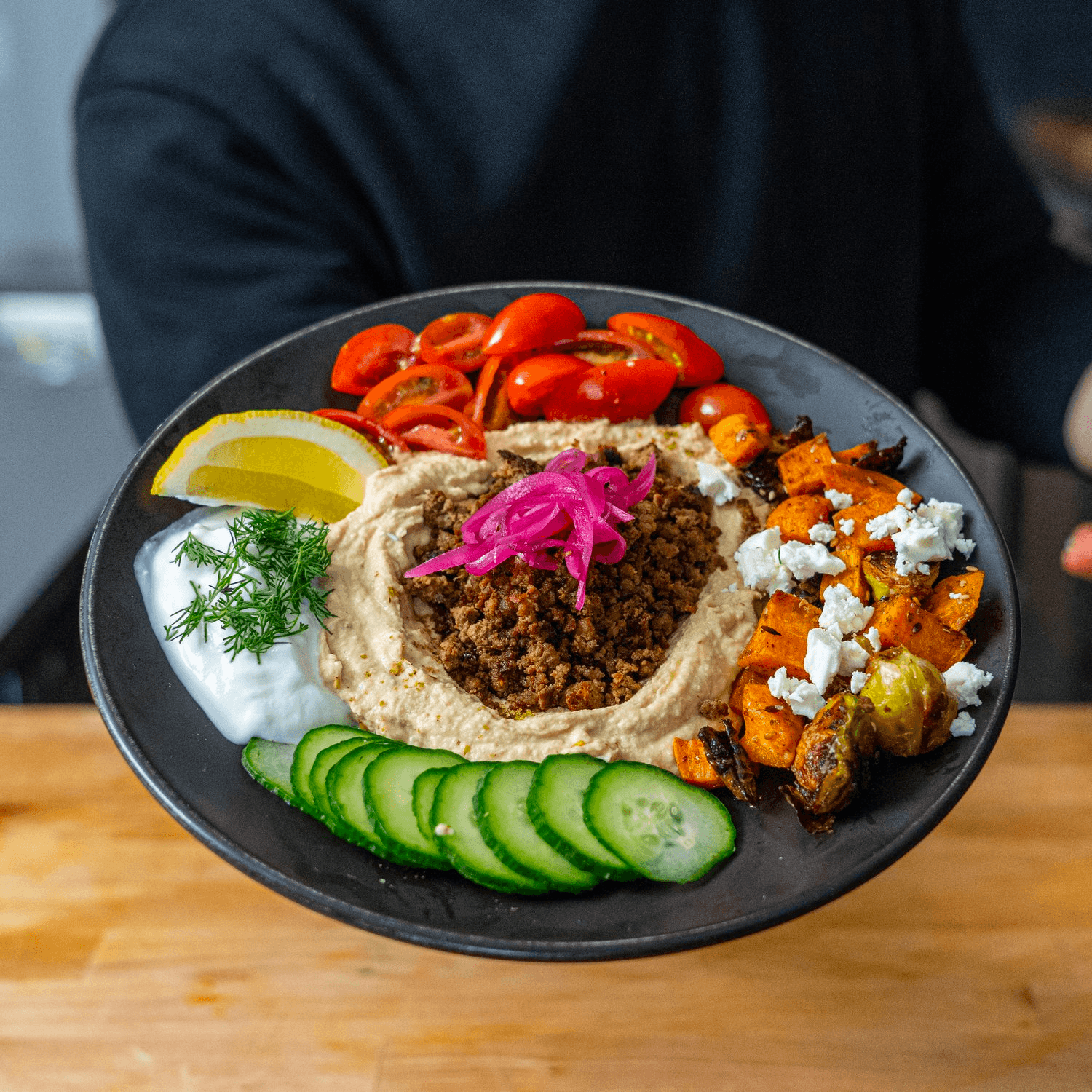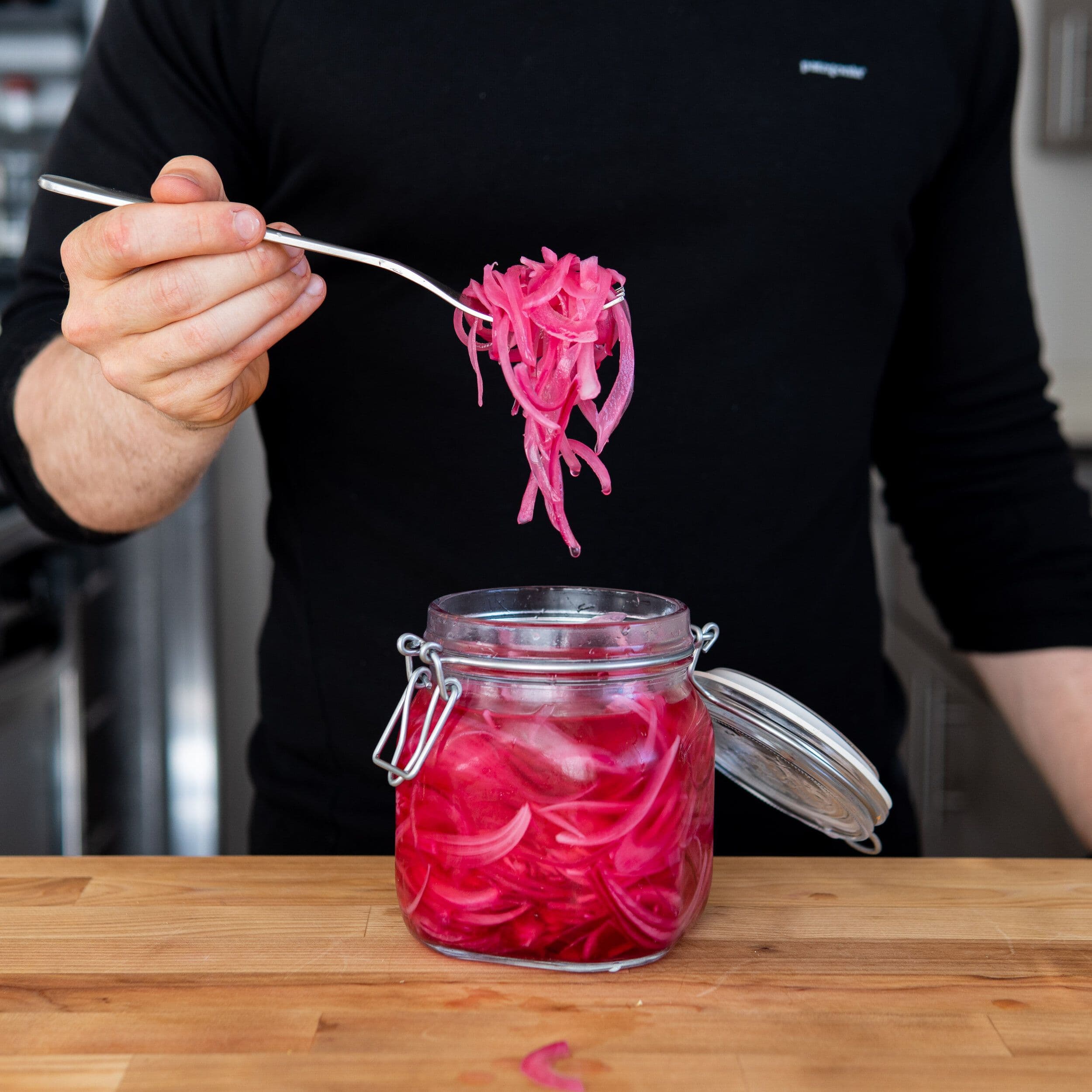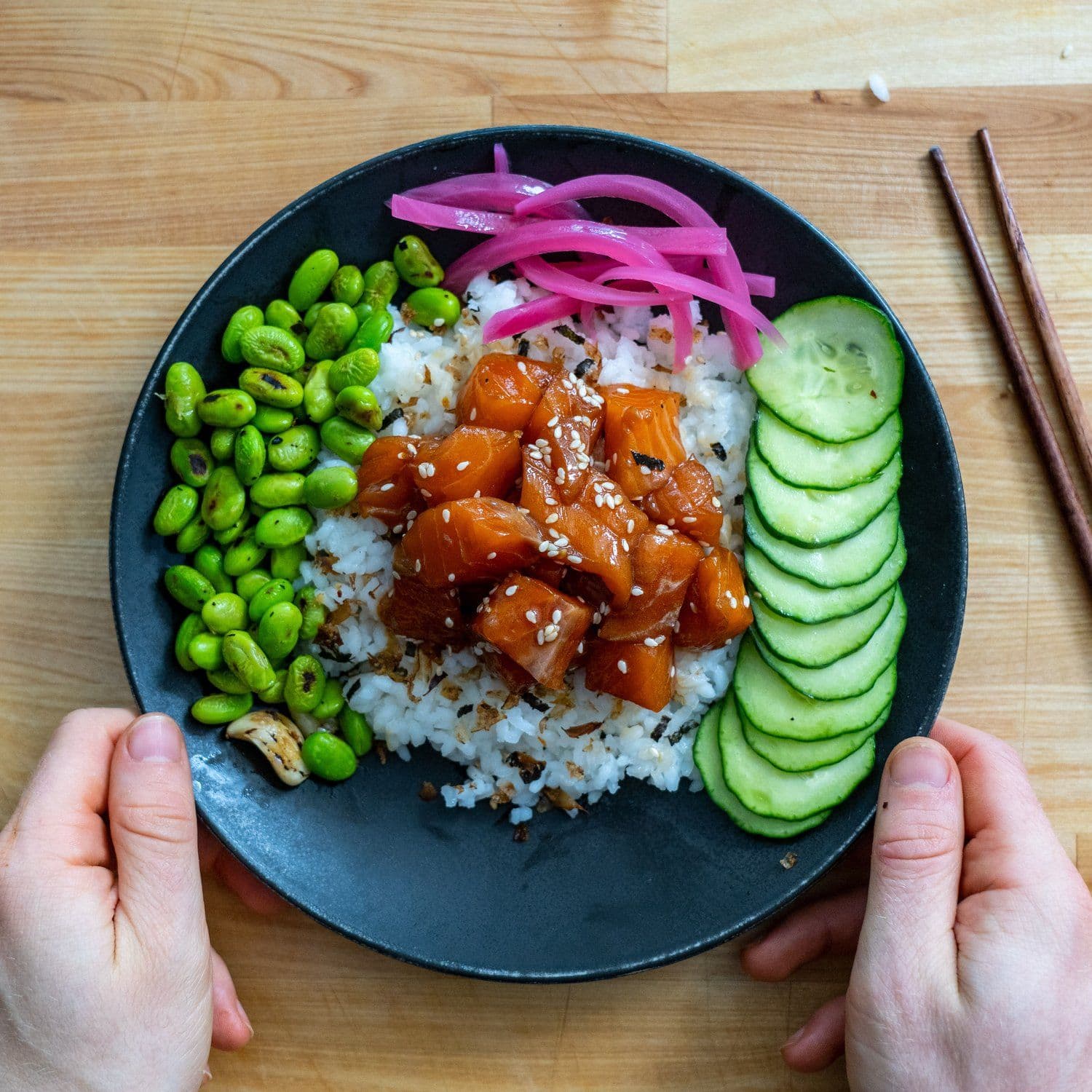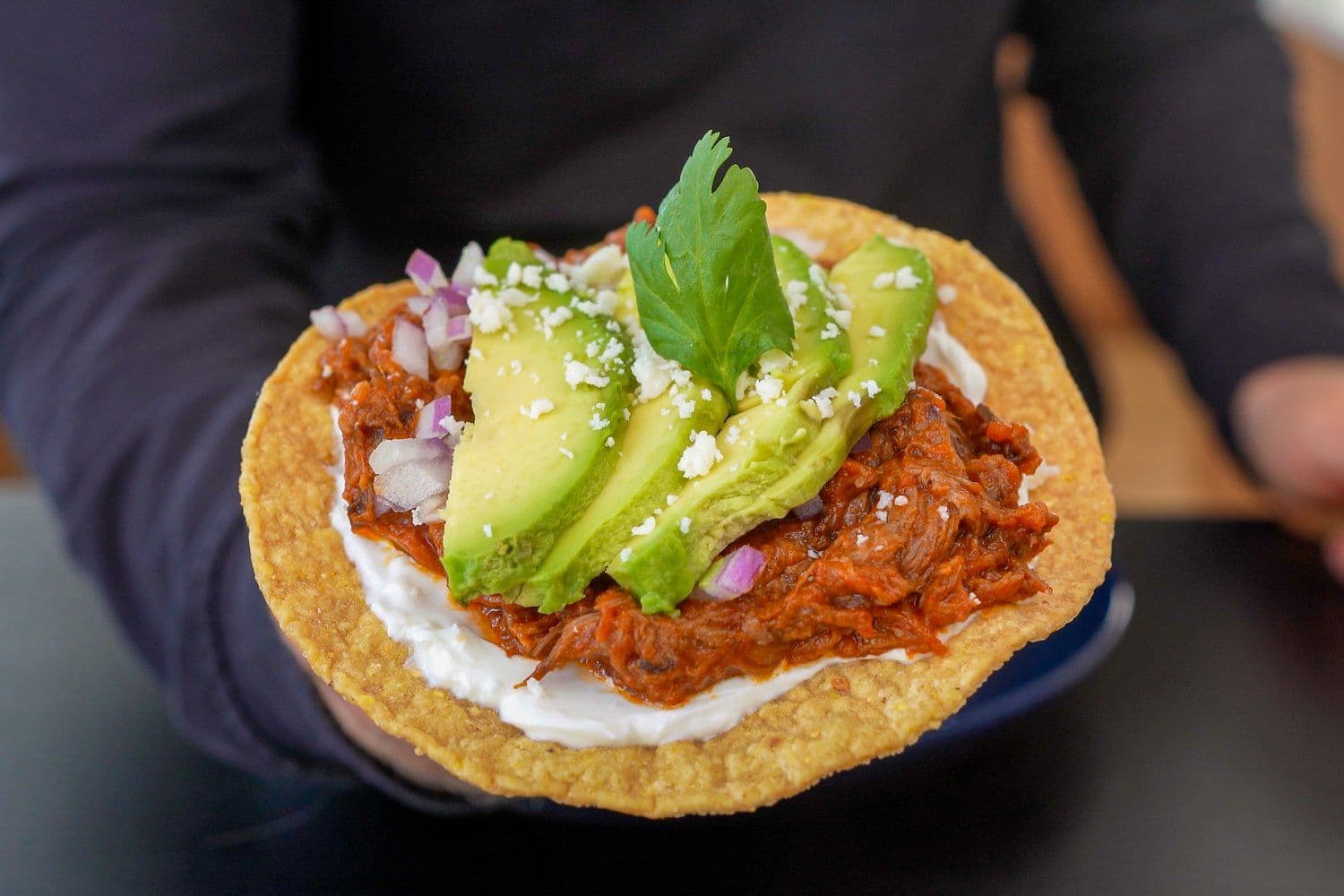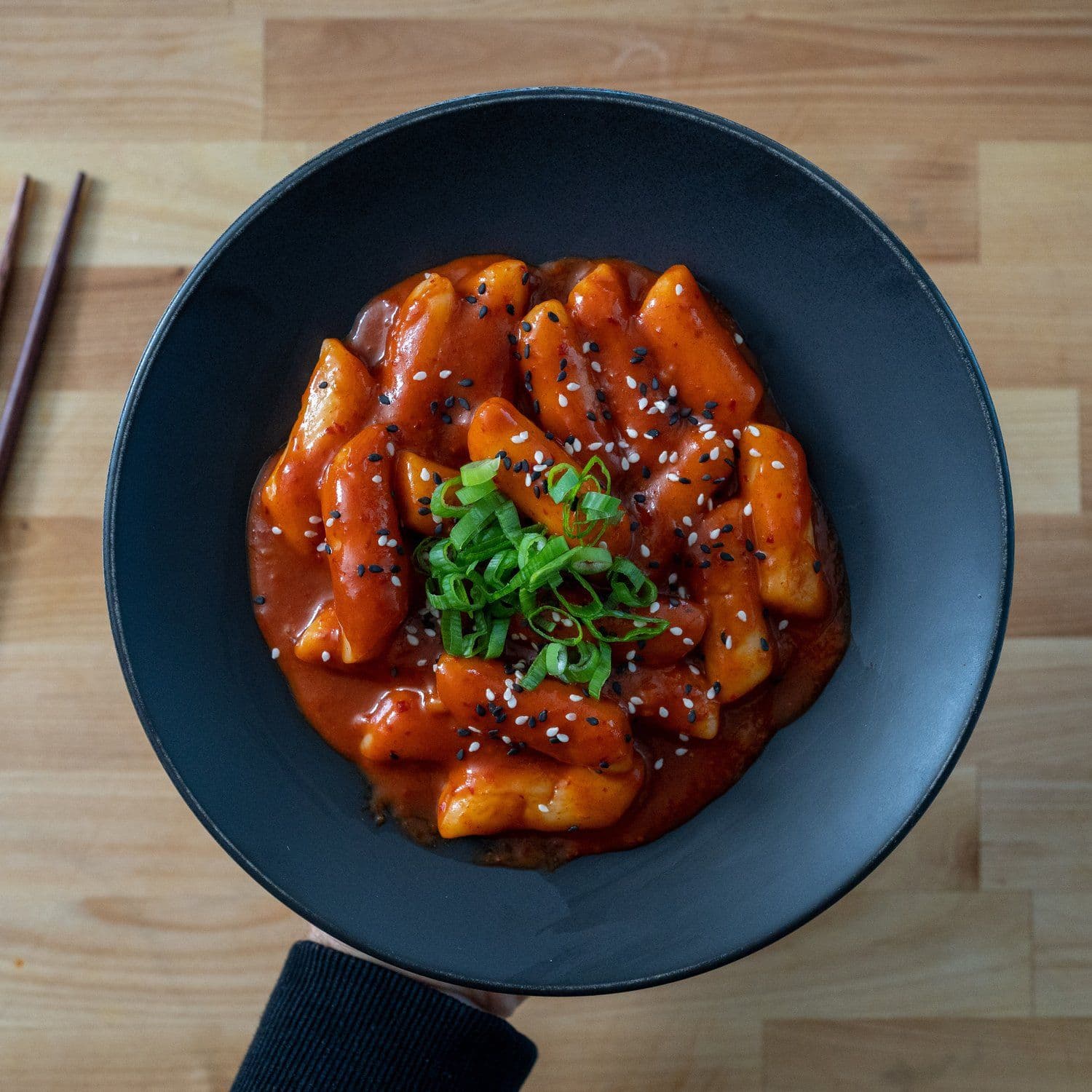Our eyes eat first. We are influenced by presentation, color, and visual cues in food.
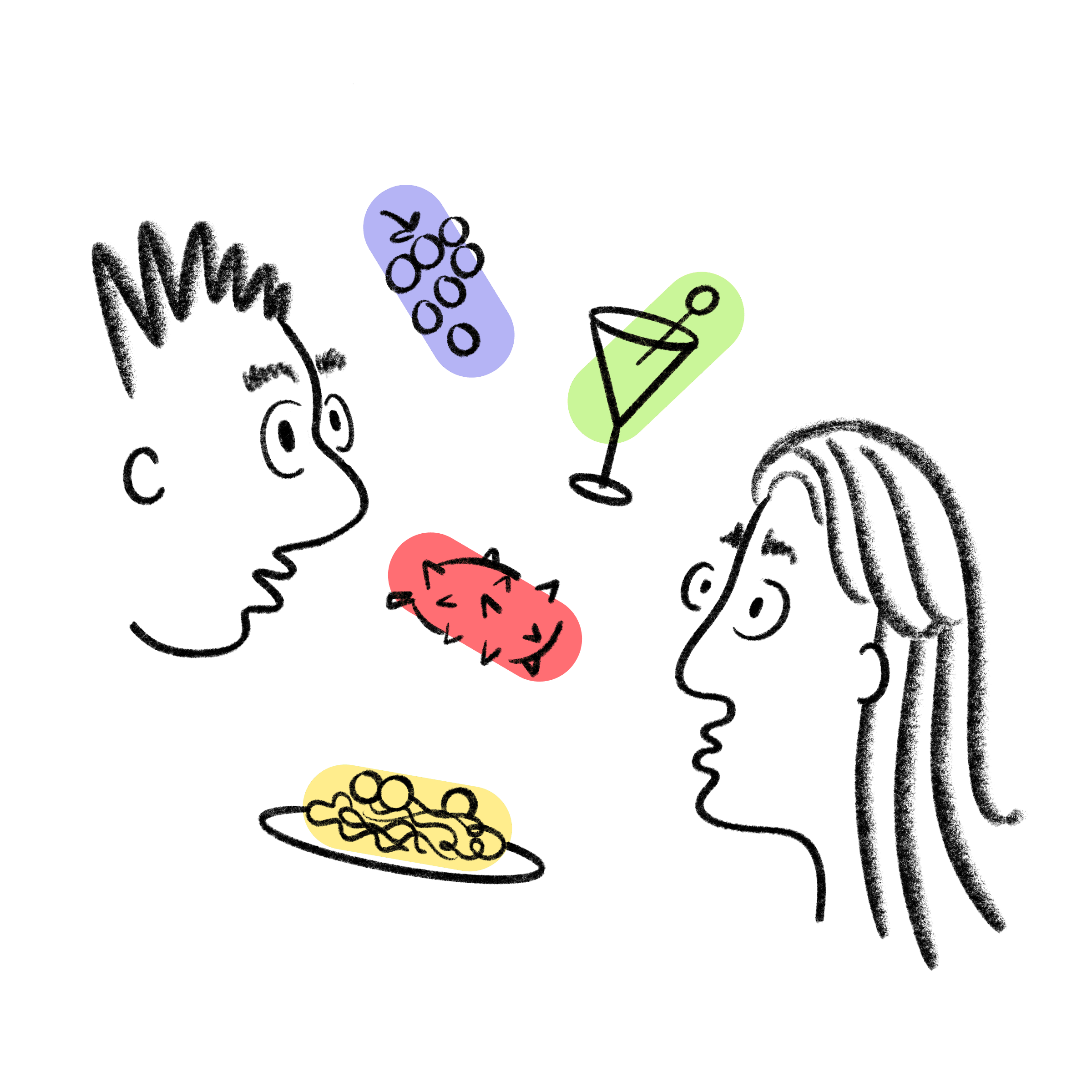
What are the fundamentals of sight as an element of flavor?
Has your mouth ever started watering by looking at a dish before you have even taken a bite? That is your impacting flavor.
Our eyes are the first sense to interact with the food we eat. We judge many other elements of flavor with our eyes: texture, temperature, and cuisine can be assessed first by sight. The and elements of food are very intertwined: the color and presentation of foods can create different associations or emotional reactions.
Why does sight matter in food?
Our visual experience of a dish creates anticipation, disappointment, confusion, curiosity, or awe. We expect foods to look a certain way.
- A mac & cheese should appear melty and steaming hot, not clumpy, dry, and cold.
- A steak should be deeply browned on the crust, not grey.
- Expensive cocktails, wine, or beer should come served in elegant glassware, while cheap drinks can be sipped from a can or plastic cup.
How do we experience sight as an element of flavor?
We eat with our eyes — which informs our brain how something might taste. Sometimes, we experience food only with our eyes, such as on social media or looking at somebody else's plate of food.
Our food purchasing habits are often most influenced by our eyes. We pick the most vibrant produce or spring for the fancy can, especially if we can’t smell or taste inside a package.
Example foods
COLOR: A striking purple yam vs a standard sweet potato
CONTRAST: Green scallions on top of a drab beef bowl
A VISUAL CUE: A golden brown croissant vs. a pale underbaked pastry
OPACITY: A perfectly clarified broth vs. a cloudy, murky one
PRESENTATION: A twirled spaghetti portion instead of tangled, sloppy noodles hanging off the plate

Color
How is sight referenced on Cook Well?
When you see a sight tag, usually as the tag on a Cook Well recipe, this ingredient will provide a visual contrast in the dish. Think carefully about the color or visual role of that ingredient if substituting.
- For example, pickled onions might have both a tag and a tag because for their acidity and bright pink color.
- If chopped parsley has a tag, then it’s there more for visual than flavor. Any green garnish would bring needed freshness and visual pop to elevate the dish.
Eat With Your Eyes

The Mouthful
Become a smarter home cook every Sunday
Join 60,000+ home cooks and get our newsletter, where we share:
- Recipe frameworks & cooking protocols
- Food trends explained
- Meal recommendations
- Q&A from expert home cooks
We hate spam too. Unsubscribe anytime.

